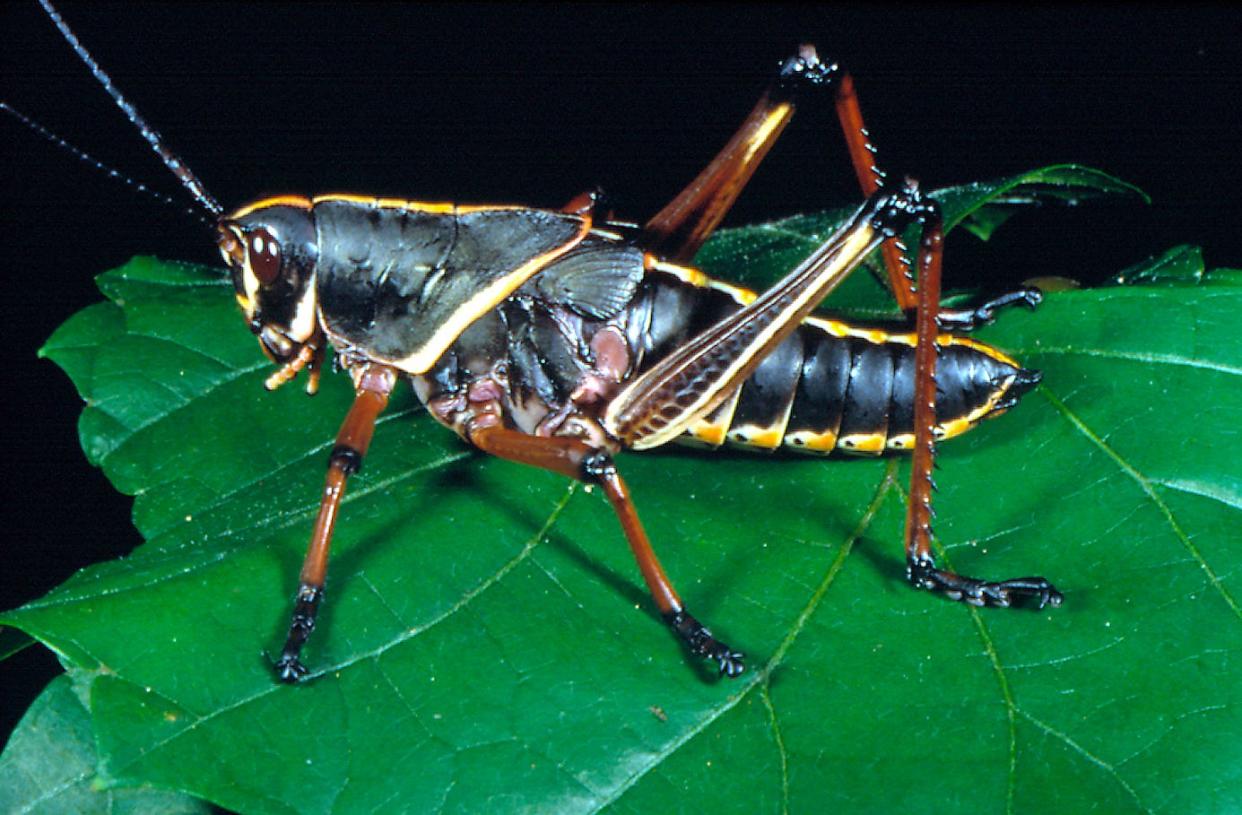Garden chores for May in Jacksonville: water garden, plant vegetables and annuals

May is a month of change in Florida. The summer is just around the corner, but oftentimes we end up with some fun temperature swings which can range from comfortable to sweltering. However, take advantage of the good days to get out in the garden and get ready for the hotter days ahead. Here are some garden and landscape tips for May.
Drier times in the garden
If you look at historical data, springtime in Northeast Florida is one of our drier periods and we did see this in April this year as the frequent rains of winter gave way to weekly stormfronts. This trend may continue into May before we go back to our usual summer downpours. Without a lot of rain, be sure to keep an eye on newly planted lawns and landscapes to be sure the plants have plenty of water during their first few months of life and you may have to start irrigating your lawn once or twice a week if drier weather persists. However, do not waste too much water on your grass, and only water if the grass starts to show stress such as leaf-blade folding. Other ways to help with water conservation and retention during drier seasons are through effective use of mulch, choosing plants that match the characteristics of your yard and region, and using a rain barrel to capture rainwater for use in the garden.
Lubbers are here again
The spring brings out many things within the garden and one of the most annoying is the emergence of the lubber grasshoppers. The eastern lubber grasshopper is a native insect but is a common annoyance to many gardeners when they hatch in the spring to feast on their favorite food of crinum lilies and many other garden plants. At this time of year, you may be seeing the small, black nymphs, but as they grow, they change into their yellow, black, and orange patterns. Growing up to 3 ½ inches long, these pests are difficult to control mainly because they are resistant to most insecticides. The most effective control is by crushing or killing the adults by hand. Insecticides may be effective on younger grasshoppers and options include pesticides containing carbaryl, bifenthrin, permethrin, or spinosad. If using any pesticides, be sure to read and follow all the directions and precautions on the label.
Look for active ingredients
Speaking of chemical labels, I found it timely to remind everyone this month to be aware of the active ingredients in the pesticides they use. When we make recommendations for pesticides in UF/IFAS Extension, we use the active ingredients in products instead of the brand name. This is important because several manufacturers may offer products with the same active ingredient and similar effectiveness or multiple products under the same brand name may contain different chemical formulations. A big example of this is if you go to a retailer to purchase Round-up now, you will find that all of the products manufactured for residential use no longer contain glyphosate. This means that Round-up products will have different instructions for use on the label that must be followed and if you were looking for glyphosate as a recommended herbicide, you will want to find a product with that active ingredient. Remember that the label is the law.
Things to plant in your garden in May
Vegetables: Southern Peas, Swiss Chard, Okra, Ginger, Roselle, Amaranth, Boniato, Calabaza, Long Squashes, Luffa, Pigeon Pea, Seminole Pumpkin, and Sweet Potatoes.
Annuals: Calliopsis, Celosia, Coleus, Crossandra, Exacum, Gaillardia, Gazania, Hollyhock, Impatiens, Kalanchoe, Marigold, Nicotiana, Ornamental Pepper, Pentas, Periwinkle, Portulaca, Salvia, Thunbergia, Torenia, Verbena, and Zinnia.
Bulbs, tubers or rhizomes: Alstroemeria, Aztec lily, Begonia, Blood lily, Caladium, Kaffir lily, Walking Iris, African lily, Spider lily, and Tiger Flower.
Wayne Hobbs is an extension agent in environmental horticulture for Clay County.
This article originally appeared on Florida Times-Union: What you should be doing in your garden in May in Florida

